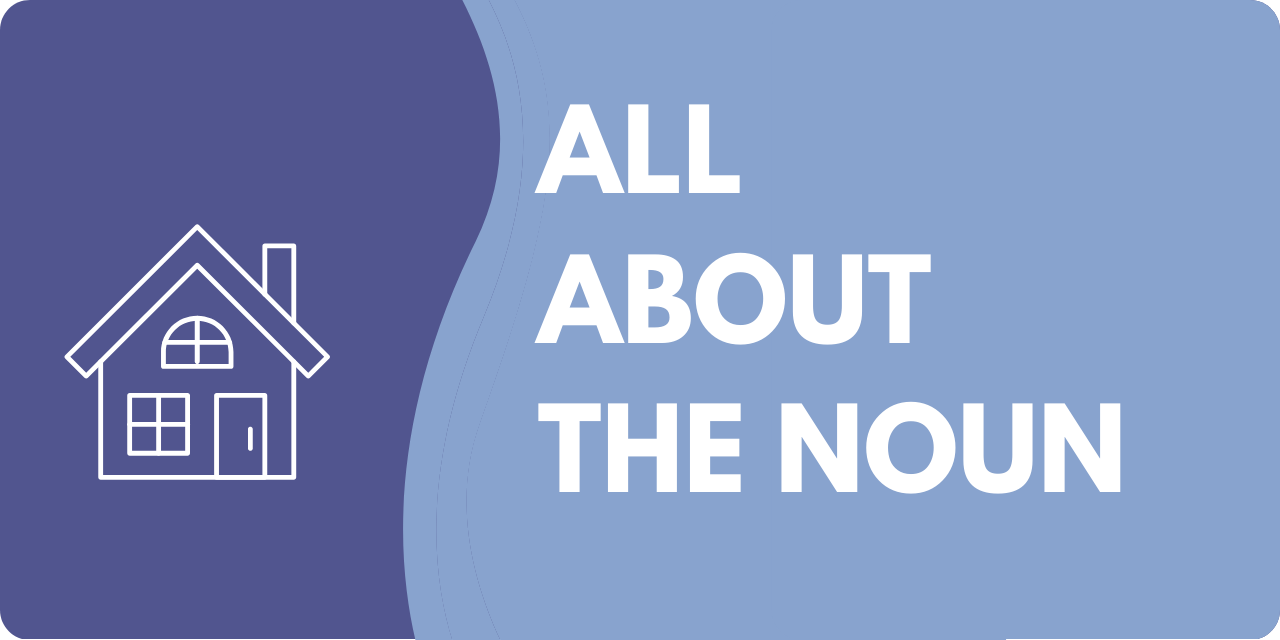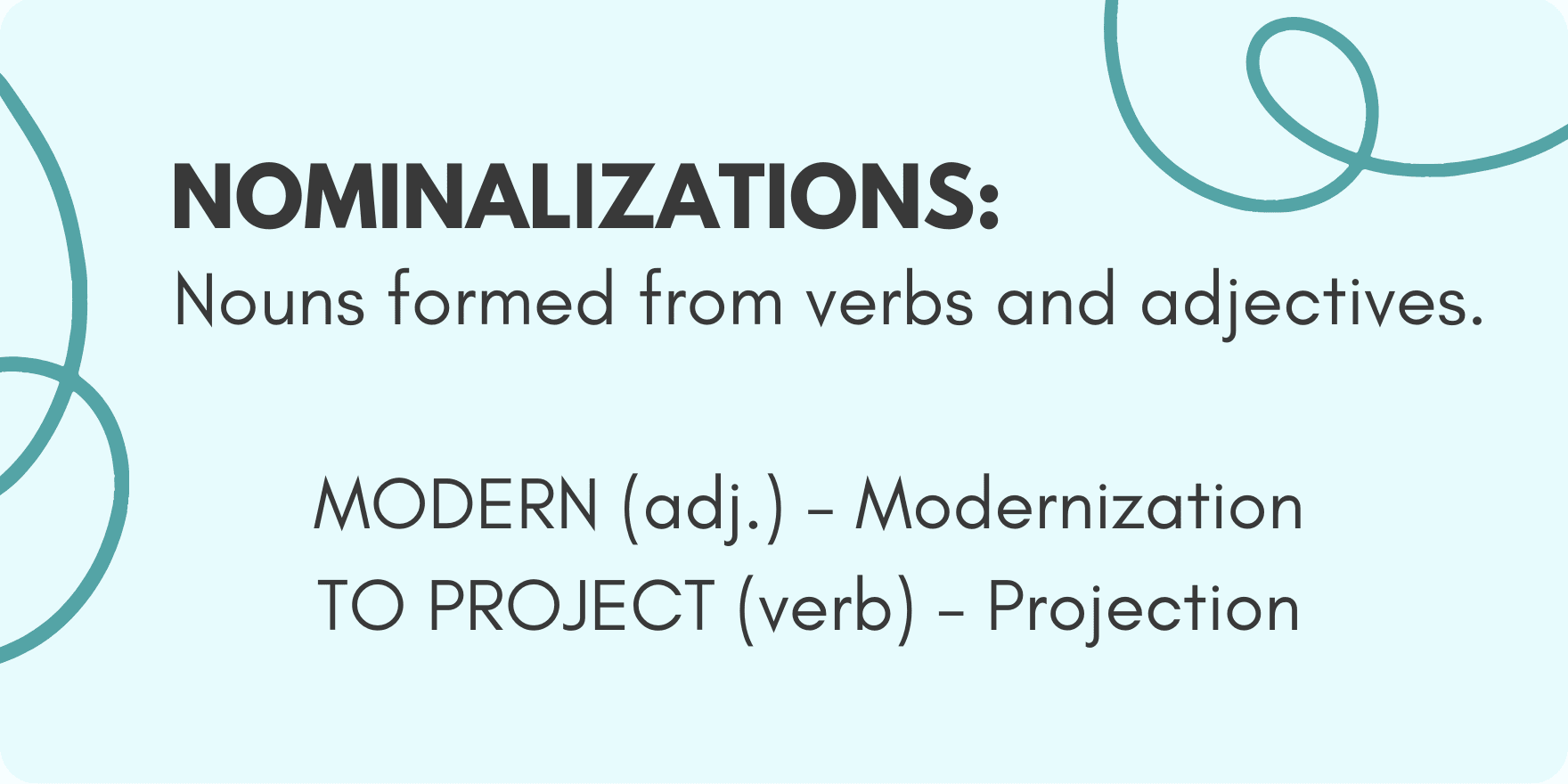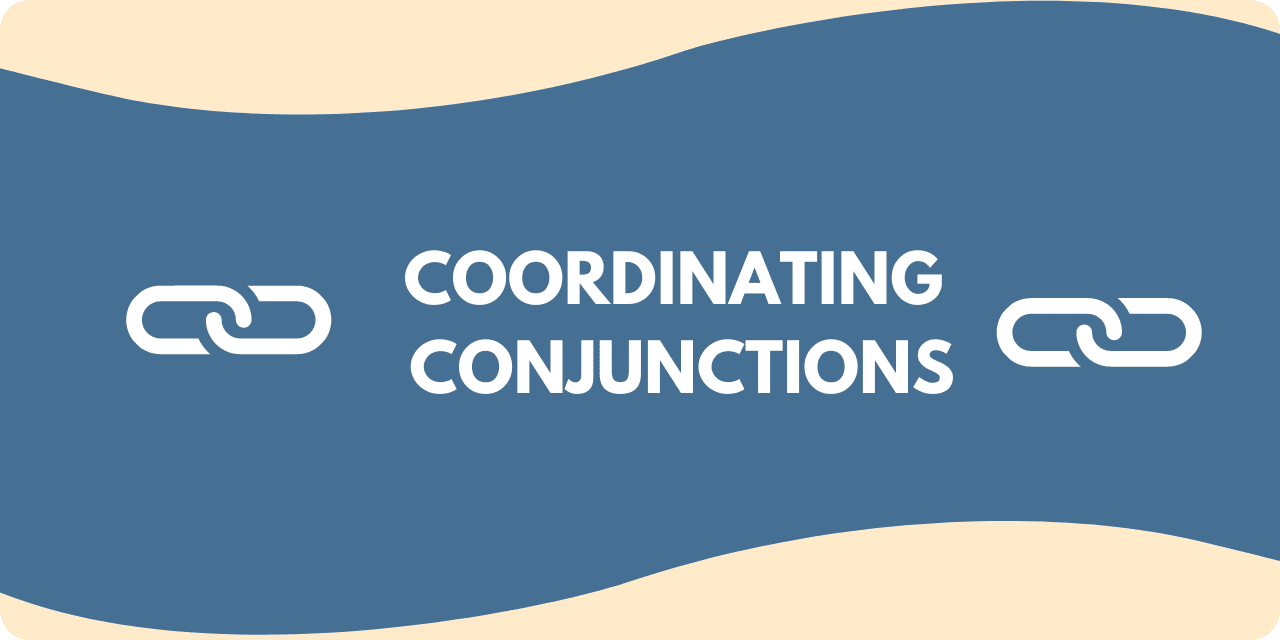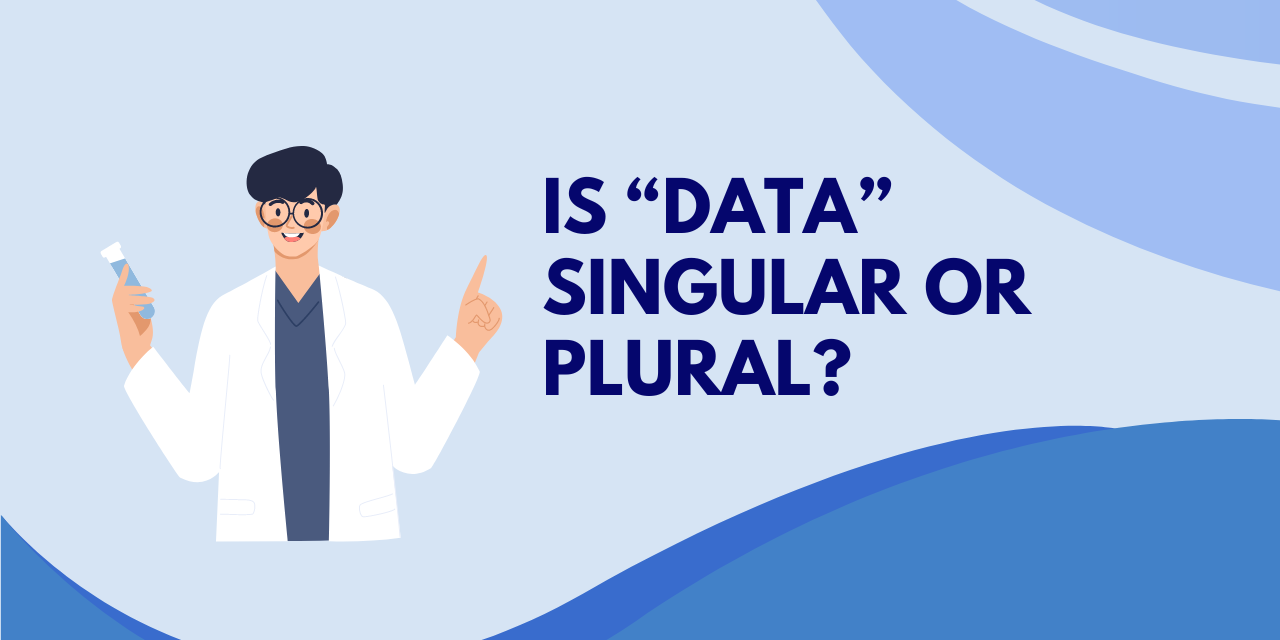Described as one of the nine parts of speech, an adjective is a word that tells us a little more about a noun. It “describes” or “modifies” a noun (The brown dog was angry). In the examples below, the adjective is in bold and the noun that it modifies is in italics.
An adjective often comes BEFORE a noun:
- a green car
- a dark sky
- an interesting story
And sometimes an adjective comes AFTER a verb:
- My car is green.
- The sky became dark.
- His story seemed interesting.
But adjectives can also modify pronouns (She is beautiful). Look at these examples:
- They were empty.
- I thought it seemed strange.
- Those are not expensive.
What is an adjective?
Adjectives are words that describe qualities or states of being of nouns: enormous, doglike, silly, yellow, fun, fast. They can also define the number of nouns: many, few, billions, eleven.
Adjectives are words that modify (describe) nouns. Adjectives don’t modify verbs, adverbs, or other adjectives.
Adjective Form
Some adjectives have particular endings, for example:
- -able/-ible: washable, credible
- -ish/-like: childish, childlike
- -ful/-less: careful, careless
- -ous: dangerous, harmonious
- -y: dirty, pretty
However, many adjectives have no obvious form.
Comparative, Superlative
Most adjectives can be comparative or superlative, for example:
-
- big, bigger, biggest
- good, better, best
- beautiful, more beautiful, most beautiful
Here are some more examples –
Example Marsha wore a beautiful dress to the dance contest.
Example Fuzzy dogs may overheat during the summer.
Example The cake should have sixteen candles.
Example The scariest villain of all time is Jason Voorhees.
In the above sentences, the adjectives are easy to find because they come immediately before the nouns that they modify.
Adjectives can do more than only modify nouns. They can also act like a complement to a linking verb or the verb to be. A linking verb is a verb including something like to seem, to feel, or to taste that describes the state of being or sensory experience.
Example That cat sure is happy.
Example It smells gross in the gym locker room.
Example Driving is quicker than walking.
The term for an adjective used in this way is predicate adjective.
The Use of adjectives
Adjectives tell your reader how many—or how much—of something you are talking about, what thing you’d like to be passed to you, or which type of something you like.
Example Please use three yellow flowers in this arrangement.
Three and yellow are modifying the word flowers.
Sometimes, when adjectives are used together, you should separate them with a comma or conjunction.
Example I’m looking for a medium-sized, good-tempered dog to keep as a pet.
Example My new dog is medium-sized and good-tempered.
Degrees of comparison
Adjectives come in three styles: absolute, comparative, and superlative. An absolute adjective describes something in its own right.
Example A sweet guy
Example A messy table
Example A curious cat
Example Chatty squirrels
Unsurprisingly, a comparative adjective makes a comparison between two or more things. With most one-syllable adjectives, the comparative is formed by adding the suffix -er (or -r if the adjective already ends with the letter e). With two-syllable adjectives ending in -y, replace -y with -ier. For multi-syllable adjectives, add the word more.
Example A sweeter guy
Example A messier table
Example A more curious cat
Example More chatty squirrels
A superlative adjective indicates that something has the highest level of quality in consideration. A one-syllable adjective becomes superlative by adding the suffix -est (or -st for adjectives that already end in the letter e). For two-syllable adjectives ending in -y you replace -y with -iest. For multi-syllable adjectives you add the word most. When using an article with a superlative adjective, it will pretty much always be the definite article (the) instead of a or an. Using superlatives naturally suggests that you are talking about a specific item or items.
Example The coolest guy
Example The messiest desk
Example The most curious cat
Example The most chatty squirrels
Coordinate adjectives
Coordinate adjectives should always be separated by a comma or the word and. Adjectives are considered to be coordinate if they modify the same noun in a sentence.
Example It’s going to be a long, harsh December.
Example Ira’s dedicated and exhaustive efforts have made all the difference.
But remember, just the fact that two adjectives appear next to each other doesn’t automatically mean that they are coordinate. Oftentimes, an adjective and a noun form a single semantic unit, and then it’s modified by another adjective. In this instance, the adjectives are not coordinate and should not be separated by a comma.
Example My cat, Wiggles, loves sleeping on this ragged woolen sweater.
Example No one could open the old gold locket.
In some cases, it can be difficult to decide whether two adjectives are coordinate or not. There are a couple of ways that they can be tested. Try putting the word and between the adjectives to see if the phrase still sounds natural. In the first sentence, “this ragged and woolen sweater” doesn’t sound right because you aren’t talking about a sweater that is both ragged and woolen. It’s a woolen sweater that is ragged. Woolen sweater creates a unit of meaning that is modified by ragged.
Another way to test for a coordinate adjective is by switching the order of the adjectives to see if the phrase still works. In the second sentence, you won’t say “No one could open the gold old locket.” You won’t be able to reverse the order of the adjectives because gold locket is a unit that is modified by the word old.
Adjectives versus adverbs
As mentioned, many of us have learned that adjectives modify nouns and adverbs modify verbs. But as we can see, an adjective can also act as a complement for a linking verb. This leads to a frequent error: incorrectly substituting an adverb in a predicate adjective’s place. An example you’ve probably heard before is:
INCORRECT I feel badly about what happened.
Because “feel” is a verb, it calls for an adverb instead of an adjective. But “feel” isn’t just any verb; it is a linking verb. An adverb would describe how you fulfill the action of feeling—an adjective will describe what you feel. “I feel badly” says that you are bad at feeling things. If you’re trying to read Braille through some thick leather gloves, then it could make sense for you to say “I feel badly.” But if you’re trying to say that you’re experiencing a negative emotion, then “I feel bad” is what you want to say.
It’s easier to see this contrast with a different linking verb. Consider the difference between these sentences:
Example Wiggles smells badly.
Example Wiggles smells bad.
“Wiggles smells badly” means that Wiggles, (that poor thing), has a weak sense of smell. “Wiggles smells bad” means Wiggles stinks—poor us.
When nouns become adjectives and vice versa
Another thing you should know is that, sometimes, a word generally used as a noun will also function as an adjective, depending on placement. For instance:
Example Don’t ever try to pet someone’s guide dog without asking permission first.
Guide is a noun. But in this sentence, it modifies dog. It works the other way, too. Some words that are typically adjectives can function as nouns:
Example Charlie is working on a fundraiser to feed the homeless.
In the context of this sentence, the function of homeless is a noun. It can be hard to understand this if you always think of adjectives and nouns as particular classes of words. The terms “adjective” and “noun” are not just about a word’s form—they are also about its function.
Advice for adjective usage
Let’s end with a few words about adjectives and style. It’s one thing to know how you should use an adjective; it’s another to know when using one is a good idea. Good writing is precise and concise. Sometimes, you need an adjective to convey precisely what you mean. It’s difficult to describe a red sports car without the word “red.” But, often, choosing a suitable noun eliminates the need to add on an adjective. Is it a huge house, or is it a mansion? A large crowd or a swarm? A mixed-breed dog or a mutt? A sunny morning, or just morning? Remember to always make every word count in your writing. If you need an adjective then use it. But if it isn’t pulling its weight, delete it.
Related: What is an adverb?
Want to sharpen your business writing skills? Discover our acclaimed online courses.






